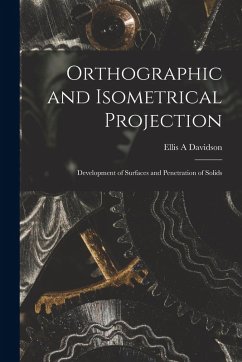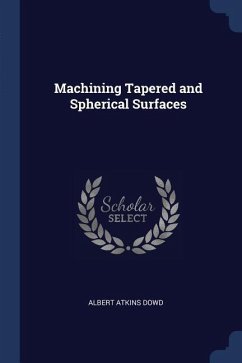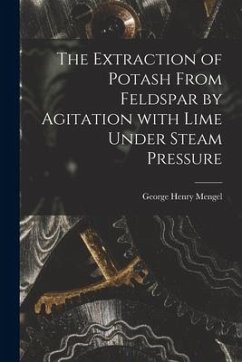
Determination of Yield and Flow Surfaces for Inconel 718 Under Axial-Torsional Loading at Temperatures Up to 649 C

PAYBACK Punkte
9 °P sammeln!
An experimental program to determine flow surfaces has been established and implemented for solution annealed and aged IN718. The procedure involved subjecting tubular specimens to various ratios of axial-torsional stress at temperatures between 23 and 649 C and measuring strain with a biaxial extensometer. Each stress probe corresponds to a different direction in stress space, and unloading occurs when a 30 microstrain (1 micro eplison = 10(exp -6) mm/mm) offset is detected. This technique was used to map out yield loci in axial-torsional stress space. Flow surfaces were determined by post-pr...
An experimental program to determine flow surfaces has been established and implemented for solution annealed and aged IN718. The procedure involved subjecting tubular specimens to various ratios of axial-torsional stress at temperatures between 23 and 649 C and measuring strain with a biaxial extensometer. Each stress probe corresponds to a different direction in stress space, and unloading occurs when a 30 microstrain (1 micro eplison = 10(exp -6) mm/mm) offset is detected. This technique was used to map out yield loci in axial-torsional stress space. Flow surfaces were determined by post-processing the experimental data to determine the inelastic strain rate components. Surfaces of constant inelastic strain rate (SCISRS) and surfaces of constant inelastic power (SCIPS) were mapped out in the axial-shear stress plane. The von Mises yield criterion appeared to closely fit the initial loci for solutioned IN718 at 23 C. However, the initial loci for solutioned IN718 at 371 and 454 C, and all of the initial loci for aged IN718 were offset in the compression direction. Subsequent loci showed translation, distortion, and for the case of solutioned IN718, a slight cross effect. Aged IN718 showed significantly more hardening behavior than solutioned IN718. This work has been selected by scholars as being culturally important, and is part of the knowledge base of civilization as we know it. This work was reproduced from the original artifact, and remains as true to the original work as possible. Therefore, you will see the original copyright references, library stamps (as most of these works have been housed in our most important libraries around the world), and other notations in the work. This work is in the public domain in the United States of America, and possibly other nations. Within the United States, you may freely copy and distribute this work, as no entity (individual or corporate) has a copyright on the body of the work. As a reproduction of a historical artifact, this work may contain missing or blurred pages, poor pictures, errant marks, etc. Scholars believe, and we concur, that this work is important enough to be preserved, reproduced, and made generally available to the public. We appreciate your support of the preservation process, and thank you for being an important part of keeping this knowledge alive and relevant.







![The Gold Yield of Nova Scotia [microform]: Annual Statistical Exhibit Cover The Gold Yield of Nova Scotia [microform]: Annual Statistical Exhibit](https://bilder.buecher.de/produkte/66/66115/66115527n.jpg)
![Canada's International Exhibition and Industrial and Agricultural Fair [microform]: to Be Held Under the Auspices of the Exhibition Association of the Cover Canada's International Exhibition and Industrial and Agricultural Fair [microform]: to Be Held Under the Auspices of the Exhibition Association of the](https://bilder.buecher.de/produkte/65/65600/65600186n.jpg)
![Prize List of the Grand Dominion Exhibition [microform]: Under the Auspices of the Agricultural & Arts Association of Ontario, to Be Held at Ottawa, S Cover Prize List of the Grand Dominion Exhibition [microform]: Under the Auspices of the Agricultural & Arts Association of Ontario, to Be Held at Ottawa, S](https://bilder.buecher.de/produkte/66/66130/66130010n.jpg)

![The Richest Section of Yale District, British Columbia [microform]: With Up-to-date Maps and Illustrations ... Cover The Richest Section of Yale District, British Columbia [microform]: With Up-to-date Maps and Illustrations ...](https://bilder.buecher.de/produkte/65/65638/65638412n.jpg)
